When you’re out exploring the great outdoors, there’s nothing quite like the thrill of spotting wildlife. However, while many animals are fun to watch from a distance, getting too close or startling them can lead to an unpleasant or even dangerous encounter. Understanding which animals you’d best leave undisturbed is key to keeping your adventure both safe and enjoyable. Here’s a list of 14 animals that you definitely don’t want to surprise, along with some insights on why it’s best to keep your distance.
1. Grizzly Bears

Grizzly bears are among the most iconic creatures in North America, and while they are fascinating to observe, they can be extremely dangerous when startled. Weighing up to 800 pounds, these animals have incredible strength and speed, making them formidable opponents. If you happen to surprise a grizzly, it may perceive you as a threat to its cubs or food supply, prompting an aggressive response. According to bear expert Dr. Stephen Herrero, in his book “Bear Attacks: Their Causes and Avoidance,” most bear attacks occur because the bear feels threatened or surprised. To stay safe, make noise while hiking, travel in groups, and steer clear of bear habitats if possible.
Once a grizzly bear feels threatened, it may bluff-charge as a warning before a full-on attack. During a bluff charge, the bear will run toward you, stopping short to scare you away. However, if the bear continues its advance, it could become a life-threatening situation. In such cases, standing your ground and using bear spray if you have it can be crucial. Remember, grizzly bears are protected under the Endangered Species Act, so avoiding confrontation is also beneficial for their conservation.
2. Cape Buffalo
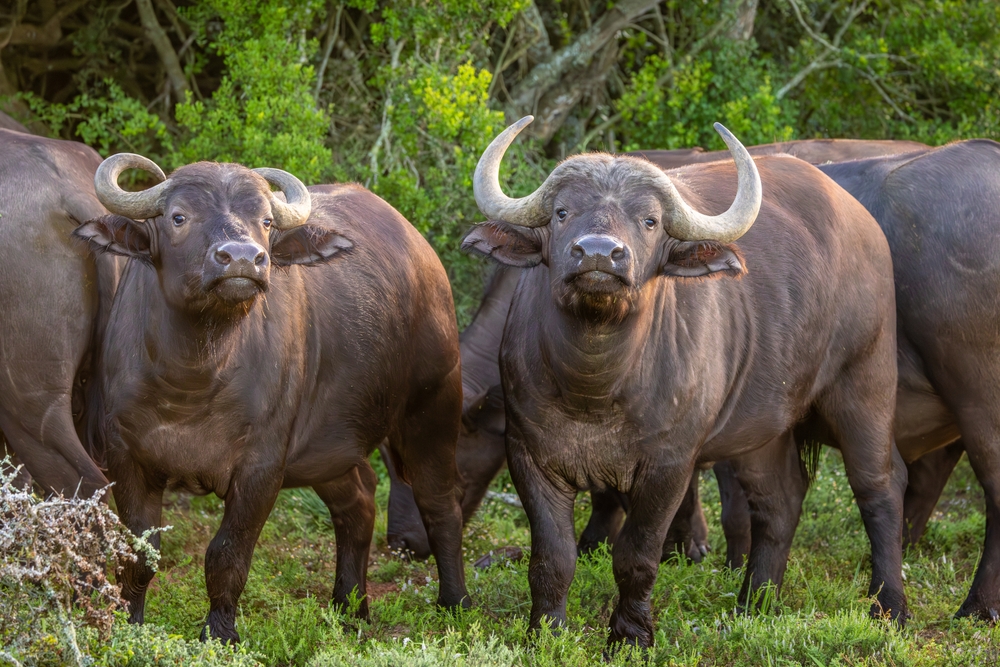
Known as one of Africa’s “Big Five,” the cape buffalo is renowned for its unpredictability and aggression, especially when startled. These massive animals can weigh over 1,500 pounds and have sharp, curved horns designed for defense. When a cape buffalo feels threatened, its first instinct is often to attack rather than flee, making it responsible for more deaths in Africa than any other large animal. Their keen sense of sight and smell means they can detect threats from a considerable distance, adding to their unpredictability.
If you encounter a cape buffalo while on safari, your best course of action is to maintain a safe distance and remain calm. Loud noises or sudden movements can provoke these animals, turning a peaceful sighting into a dangerous situation. Guides on safari are typically well-trained in handling encounters with cape buffalo, so listen to their advice. Remember, while these creatures are fascinating, respecting their space is essential for your safety. By understanding their behavior, you can appreciate their presence in the wild without putting yourself in harm’s way.
3. Elephant
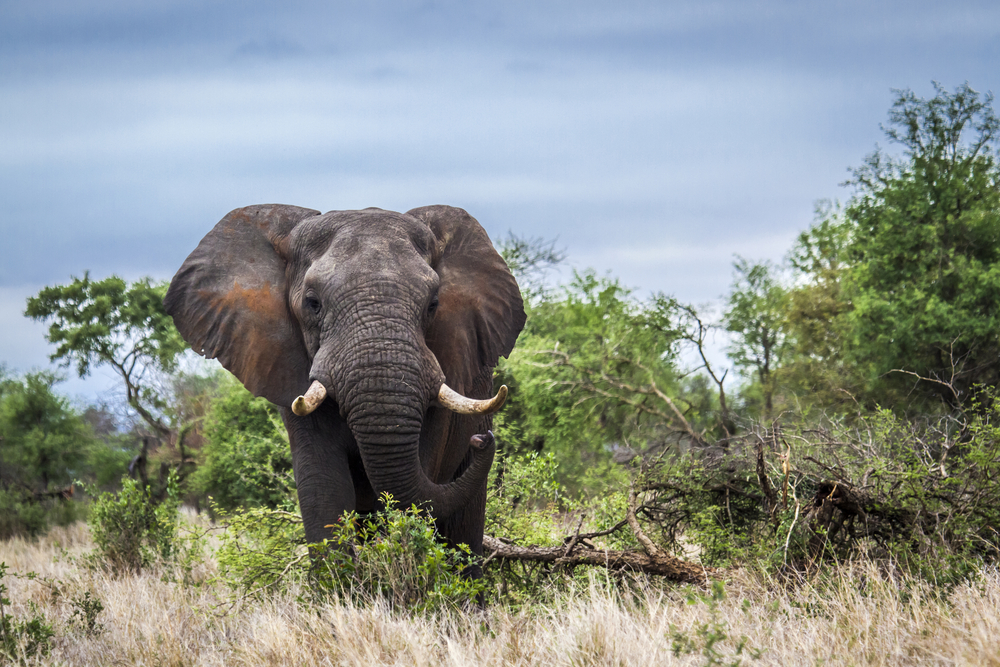
Elephants are majestic creatures and are often a highlight for anyone on safari or visiting reserves. However, they are also known for their protective nature, especially when it comes to their young. Startling an elephant can lead to a defensive charge, which is often a bluff, but not always. Research by Joyce Poole, an elephant behavior expert, shows that elephants use a range of signals, such as trumpeting and ear flapping, to communicate their intentions or discomfort. It’s crucial to pay attention to these signals and give elephants plenty of space to avoid escalating the situation.
When an elephant feels threatened, it may charge while flapping its ears and trumpeting loudly as a warning. If the elephant doesn’t stop its advance, this can become a dangerous encounter. Elephants can run up to 25 miles per hour, making escape nearly impossible if you’re too close. The best strategy is to back away slowly and quietly, maintaining eye contact without turning your back on the animal. Always follow the guidance of local experts or guides when observing elephants in the wild to ensure you enjoy a safe and memorable experience.
4. Hippopotamus
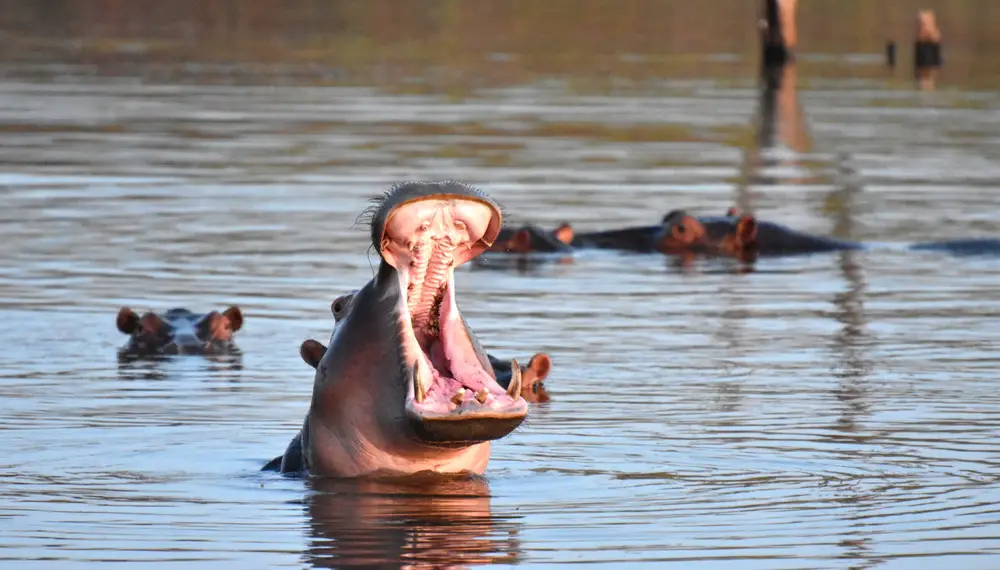
Despite their seemingly placid nature while wallowing in rivers or lakes, hippos are surprisingly aggressive and territorial. They are one of the most dangerous animals in Africa, responsible for more human fatalities than many other large animals. Hippos can become extremely aggressive if they feel their territory is being invaded, especially when they’re in the water. Their massive size and powerful jaws make them capable of inflicting severe harm even with a single bite.
When hippos are startled or feel threatened, they can charge at remarkable speeds, both in water and on land. It’s a common misconception that these animals are slow and sluggish; in reality, they can outrun a human over short distances. If you come across a hippo, it’s critical to maintain a considerable distance and avoid getting between them and the water, as this is their escape route. Boaters and tourists should be particularly cautious near rivers and lakes where hippos reside to prevent dangerous encounters. Always heed local advice and watch for warning signs of hippo presence in the area.
5. Moose

Moose are some of the largest members of the deer family and are commonly found in the forests of North America and northern Europe. While they might appear docile, moose are easily startled and can become aggressive, especially during the rutting season or when protecting their calves. Dr. Mark McNay, a wildlife biologist, notes that moose attacks are often a result of human intrusion into their personal space, leading to aggressive behavior. Unlike other large animals, moose don’t typically flee when threatened; instead, they stand their ground or charge.
If you encounter a moose in the wild, it’s important to remain calm and slowly back away to avoid provoking them. Moose have poor eyesight but a keen sense of smell and hearing, so making loud noises is not advisable. During the winter, moose can become particularly aggressive if they feel their food sources are threatened. If a moose charges, find cover behind a large tree or object to protect yourself. Understanding the signs of agitation, such as raised hackles or ears laid back, can help you anticipate their next move and respond accordingly.
6. Black Rhinoceros
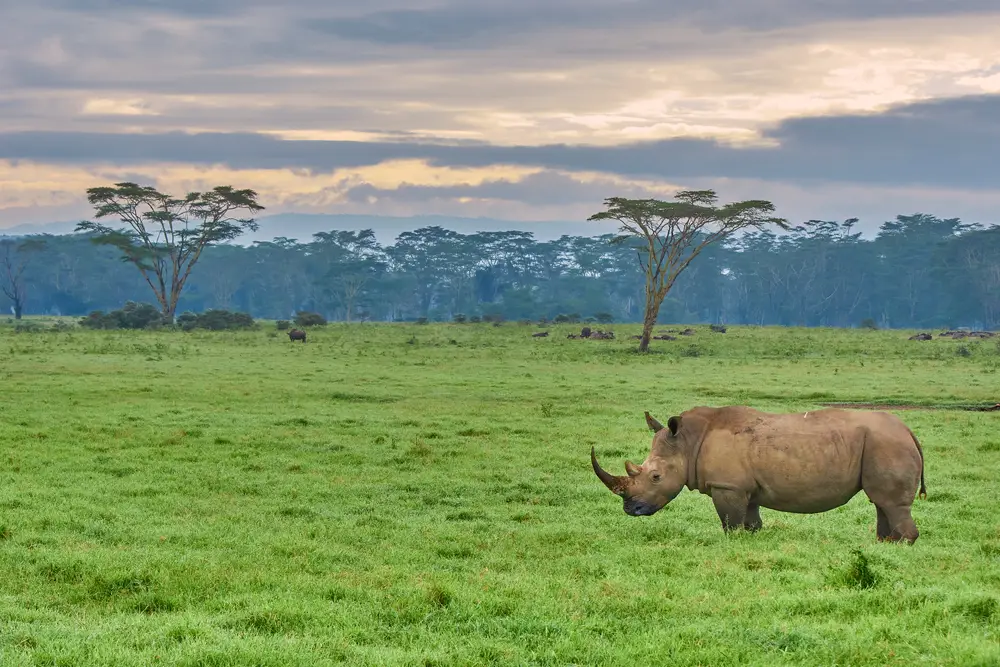
Black rhinos are critically endangered and are a rare sight in the wild, which makes any encounter both thrilling and potentially dangerous. Known for their solitary nature, these animals can be extremely aggressive when startled or threatened. Their poor eyesight means they often rely on their sense of smell to detect threats, which can lead to unexpected charges if they feel something is amiss. These charges are often due to the rhino’s need to protect its territory or offspring from perceived threats.
If you ever find yourself near a black rhino, the best course of action is to remain still and quiet to avoid attracting attention. Black rhinos are known for their unpredictable behavior and can charge with little warning, reaching speeds of up to 35 miles per hour. If a rhino charges, the best strategy is to use trees or other large obstacles as cover, as running in a zigzag pattern is less effective. Always follow the guidance of wildlife experts or local guides when in rhino territory, as they have the experience to handle such encounters safely. Remember, conserving these magnificent creatures means respecting their space and minimizing human interference.
7. Wild Boar
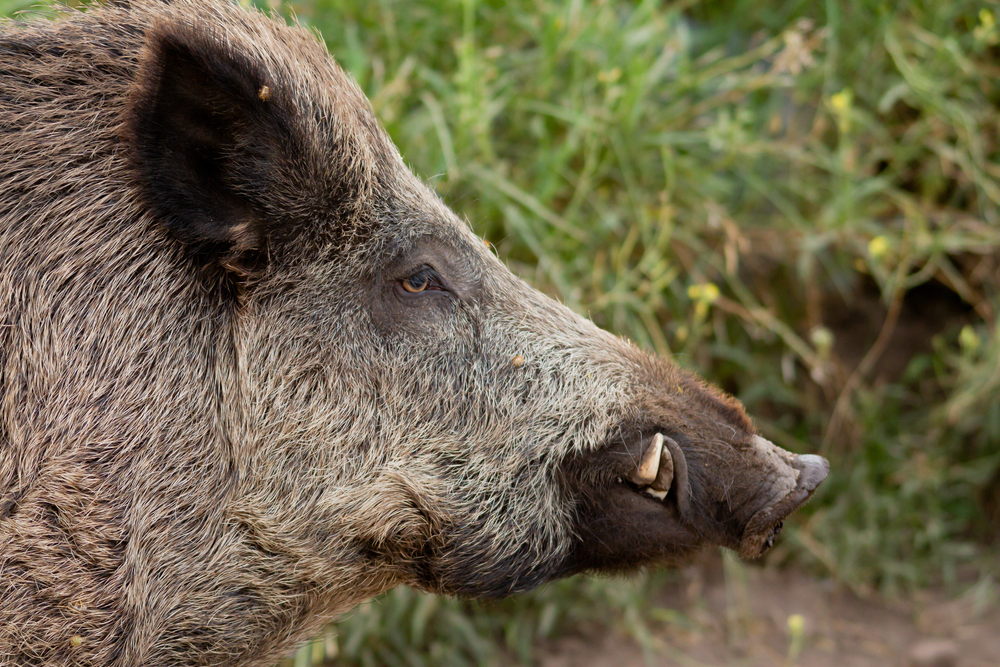
Wild boars are found across many regions and are known for their aggressive disposition, especially when protecting their young. These animals have sharp tusks and a muscular build, making them a formidable force when threatened. According to Dr. Justin McDaniel, a wildlife expert, startled wild boars can become very aggressive, often charging at perceived threats to ward them off. They can be particularly dangerous when surprised or cornered, as they rely on their speed and strength to escape predators.
If you encounter a wild boar, the key is to remain calm and slowly back away to give the animal space. Wild boars have a keen sense of smell and can detect human presence from a distance, so it’s best to avoid areas where they are known to roam, especially at dawn and dusk when they are most active. If a boar charges, try to find higher ground or use obstacles to create a barrier between you and the animal. Avoid making loud noises or rapid movements, as these can provoke the boar further. Understanding their behavior and respecting their space can prevent unnecessary confrontations and ensure a safe experience in the wild.
8. Komodo Dragon
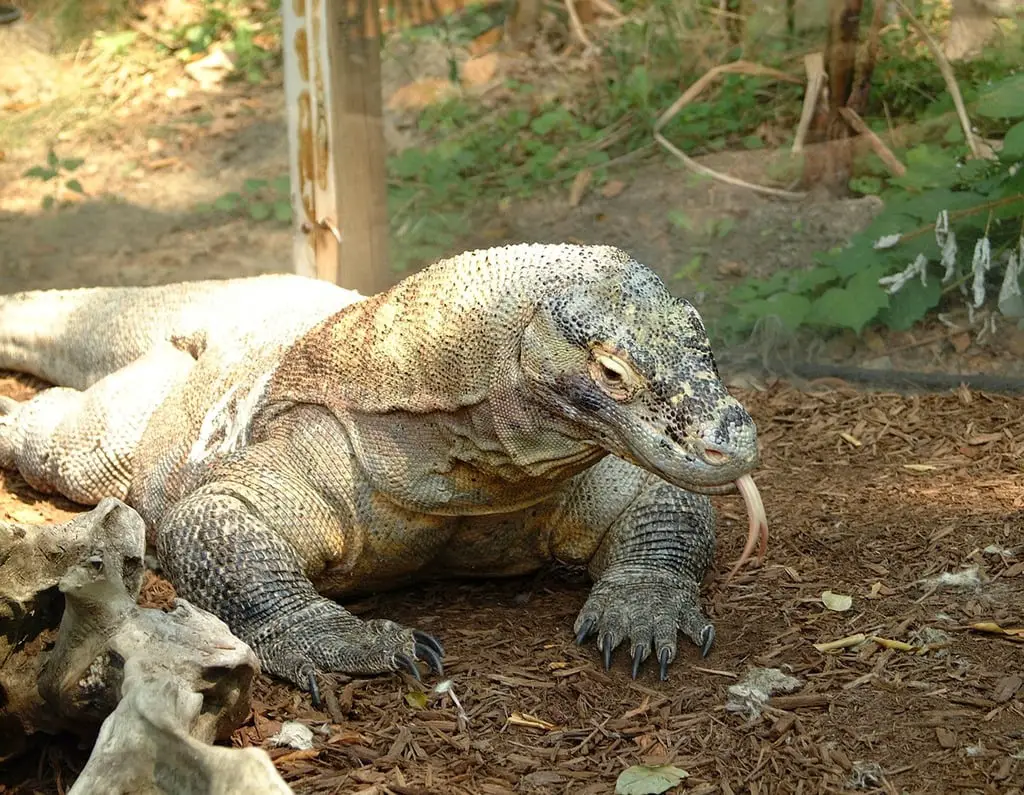
The Komodo dragon, native to a few Indonesian islands, is the largest living species of lizard, and despite being a reptile, it can pose a significant threat if startled. These carnivorous creatures have a powerful bite and venomous saliva, which can immobilize their prey or a perceived threat quickly. While they are ambush predators, Komodo dragons can become aggressive if surprised or cornered. Their keen sense of smell helps them detect food from miles away, making it easy for them to track potential threats or prey.
When encountering a Komodo dragon, it’s crucial to maintain a safe distance and move away calmly and quietly. These animals are surprisingly fast over short distances, so running away can provoke a chase. Instead, try to find an elevated spot or use any available obstacle to shield yourself if necessary. Visitors to Komodo National Park are often advised to be accompanied by a guide, who can help navigate the terrain and ensure safety. Understanding the natural habitat and behavior of Komodo dragons is essential for appreciating these fascinating creatures without putting yourself at risk.
9. Polar Bear
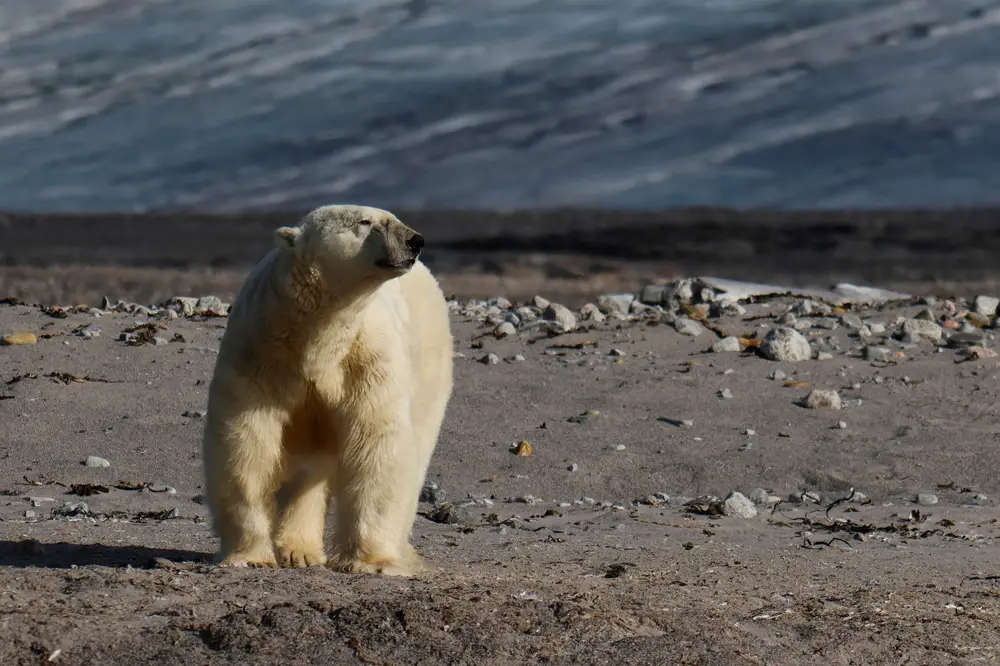
Polar bears are majestic animals that inhabit the Arctic regions, and their impressive stature makes them a captivating sight. However, these bears are apex predators with no natural enemies, meaning they can be extremely dangerous if startled or feeling threatened. Polar bears rely on their sense of smell to hunt seals, their primary food source, and can detect scents from several miles away. They are curious creatures and may approach humans out of interest, but this can lead to dangerous misunderstandings.
If you find yourself in polar bear territory, it’s vital to remain vigilant and take precautions to avoid surprising these animals. Traveling in groups, making noise, and carrying deterrents like bear spray can reduce the risk of an encounter. If a polar bear approaches, standing your ground and using loud noises or flares may help deter it from coming closer. Experts advise against running, as it can provoke a chase, given the bear’s speed on ice and snow. Awareness and respect for the bear’s natural environment are crucial to ensuring both human and bear safety.
10. Lion
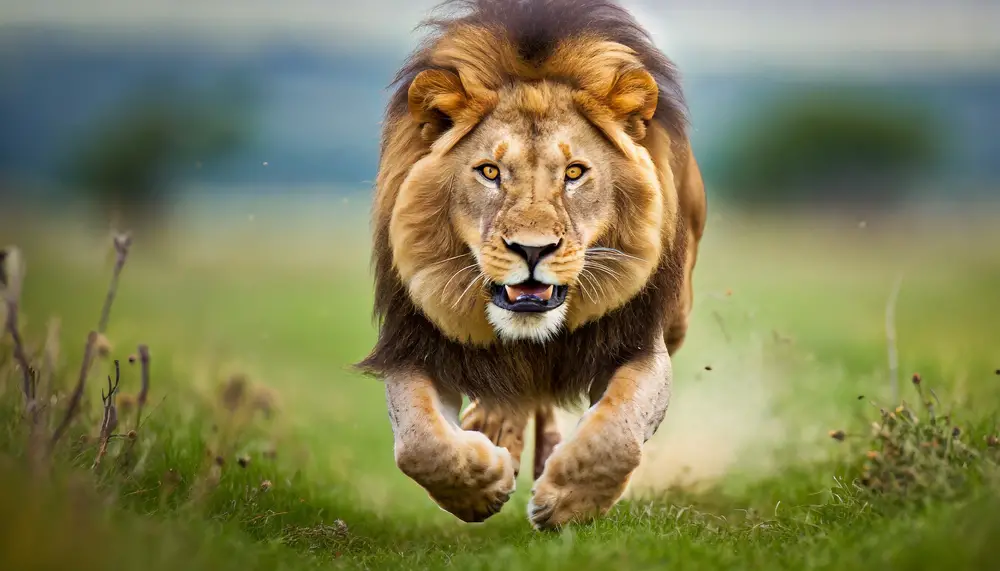
Lions, the so-called “king of the jungle,” are majestic but pose significant risks if startled or threatened. These big cats are highly territorial and protective of their pride, especially when cubs are present. If you encounter a lion in the wild, it might exhibit a mock charge as a warning, a behavior that can quickly escalate if they feel cornered. Lions are nocturnal hunters, relying on stealth and surprise, which can make unexpected encounters particularly dangerous.
When in lion territory, it’s important to remain in vehicles or designated safe areas to avoid provoking a response. If a lion approaches, maintaining eye contact and standing tall can help assert dominance and deter a charge. Making loud noises can also aid in scaring the lion away, but only if you have a secure escape route. Safari guides are trained to handle such situations, so adhering to their instructions is crucial for your safety. Always respect the natural behavior of lions and avoid intruding on their space or routines.
11. Crocodile

Crocodiles are ancient reptiles found in tropical regions around the world, often lurking near bodies of water. They are ambush predators with powerful jaws and are known for their ability to remain motionless for extended periods, waiting to surprise prey. If startled, crocodiles can launch an explosive and aggressive attack, often from underwater, making them exceptionally dangerous. Their speed in water and on land, over short distances, is often underestimated by humans, leading to perilous encounters.
To avoid startling a crocodile, it’s crucial to maintain a safe distance from water edges in crocodile habitats. Be especially cautious when fishing, wading, or collecting water, as these activities can inadvertently provoke an attack. If you spot a crocodile, it’s best to slowly back away and avoid sudden movements that could draw attention. Boaters should also be vigilant, as crocodiles can capsize small vessels. Understanding these reptiles’ territorial and predatory behaviors is vital for ensuring personal safety and avoiding dangerous interactions.
12. Wolverine
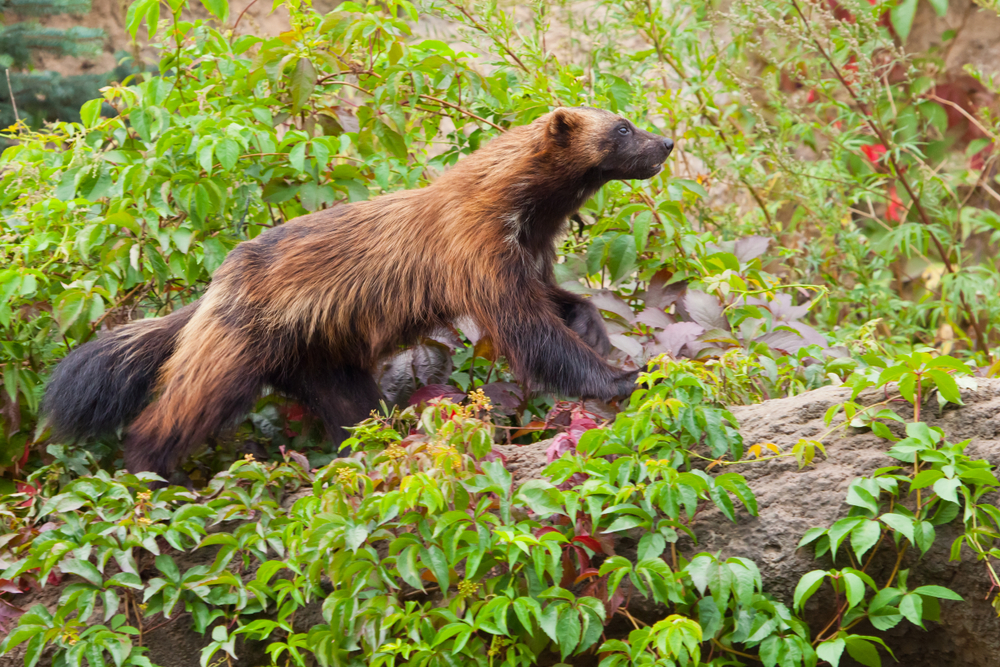
Wolverines are elusive creatures found in remote, cold climates and are known for their ferocity and tenacity. Despite their small size compared to other predators, they have a fearsome reputation for defending their territory and food fiercely. Wolverines are solitary and have large territories, often reacting aggressively if they feel encroached upon. Their sharp claws, powerful jaws, and surprising strength make them a formidable opponent if threatened or cornered.
If you encounter a wolverine, the best approach is to slowly back away and give it plenty of space. Wolverines have excellent senses of smell and hearing, so avoiding sudden noises or movements is crucial. While they generally avoid humans, they can attack if they feel threatened or if their den is nearby. Observing wolverines from a distance can help ensure safety while appreciating their unique behavior. As with any wildlife viewing, respect for the animal’s natural habitat and personal space is fundamental.
13. Bison
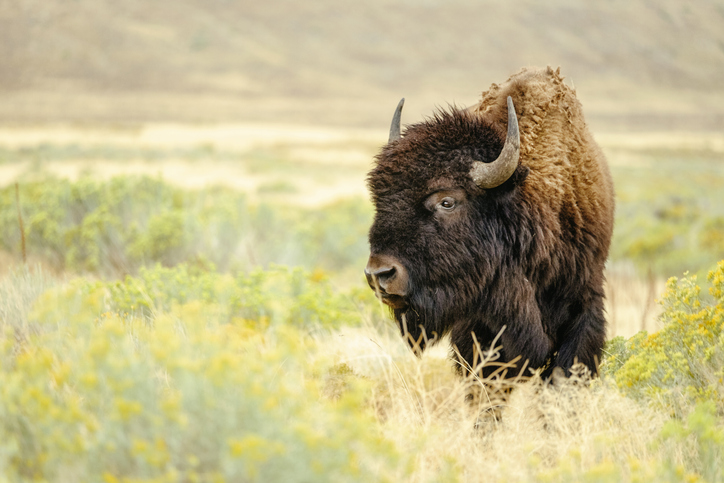
Bison are magnificent creatures commonly found in North American grasslands, and while they appear docile, they can be surprisingly aggressive if disturbed. These massive animals can weigh over 2,000 pounds and can run up to 35 miles per hour, making them dangerous when startled. Bison often appear unbothered by human presence, leading to a false sense of security among tourists and visitors. However, they are unpredictable and can charge with little warning, especially if they feel threatened or protective of their young.
When observing bison, it’s critical to maintain a significant distance and avoid rapid or loud movements. Respect designated viewing areas and stay within your vehicle if traveling through bison habitats. If a bison starts to show signs of agitation, such as pawing the ground or snorting, it’s essential to retreat calmly and slowly. National parks and reserves often provide guidelines for safely viewing bison, and adhering to these is vital for your safety. Recognizing the signs of bison agitation can prevent dangerous encounters and ensure a positive wildlife experience.
14. Honey Badger
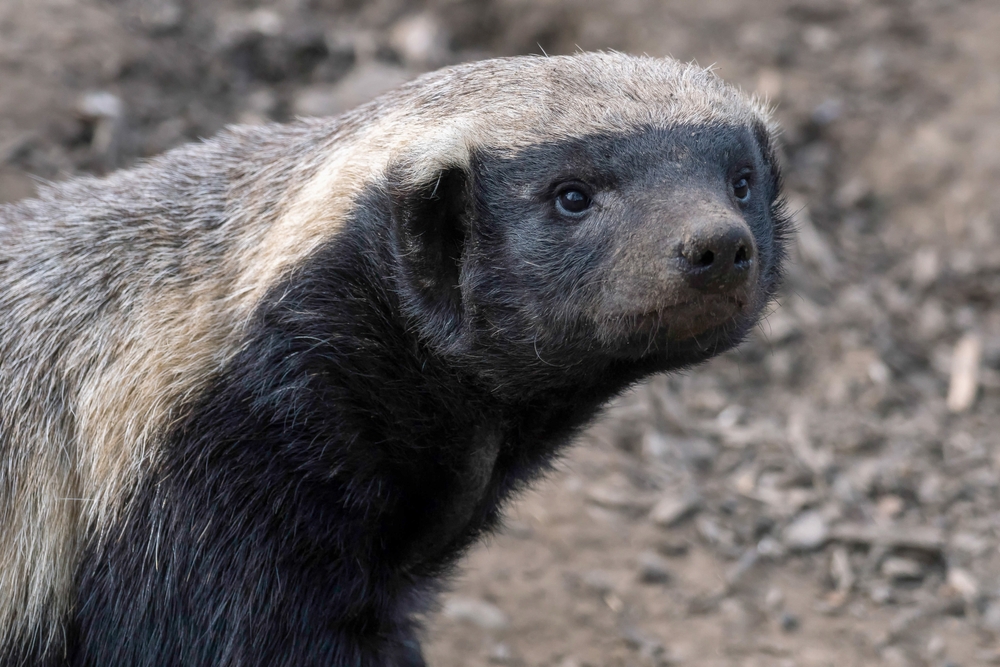
Honey badgers are small but fearless animals, known for their tenacity and resilience. Despite their size, they have a reputation for being one of the most aggressive and fearless creatures in the animal kingdom. Honey badgers will attack almost any threat, including much larger animals, if they feel cornered or provoked. Their thick skin and loose fur allow them to twist and turn against predators, making them difficult to subdue.
If you happen to encounter a honey badger, it’s best to remain calm and give it space to move away. These animals have a well-deserved reputation for persistence and can become aggressive if their escape route is blocked. While they generally avoid humans, getting too close can provoke a defensive response. Observing honey badgers from a distance is the safest way to appreciate their remarkable behavior. Always respect their space and avoid actions that could be perceived as threatening to ensure a safe encounter.
